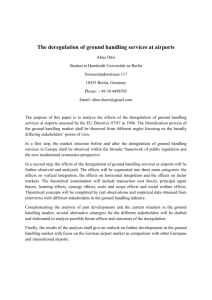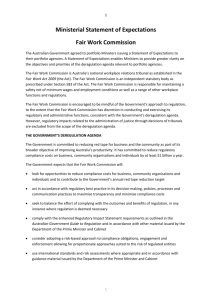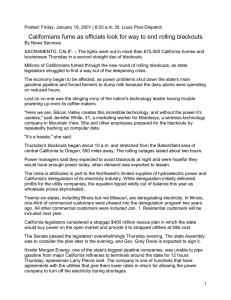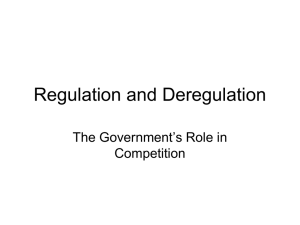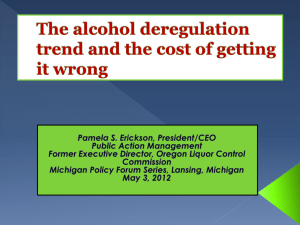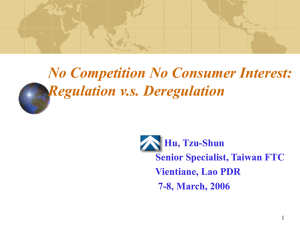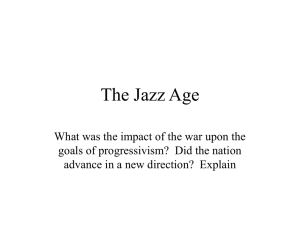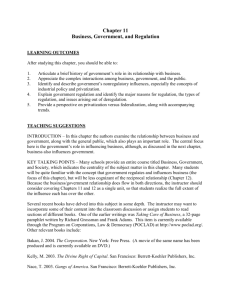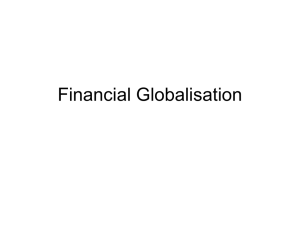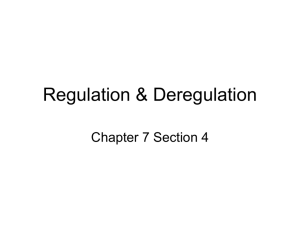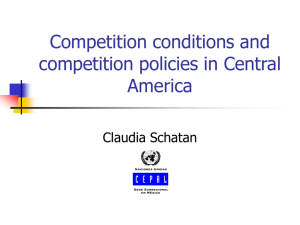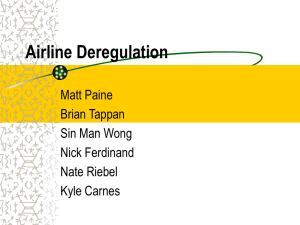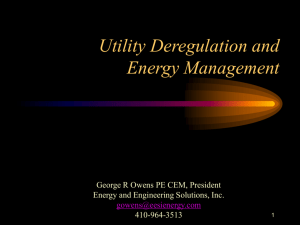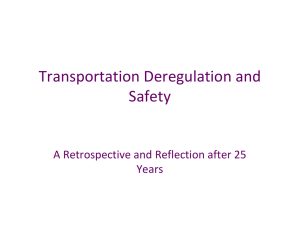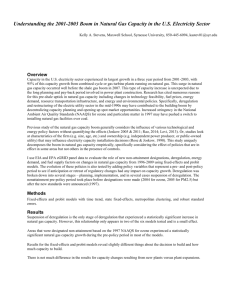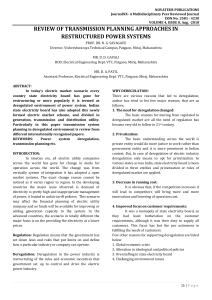Chapter 6, Section 3 – Market Regulation
advertisement
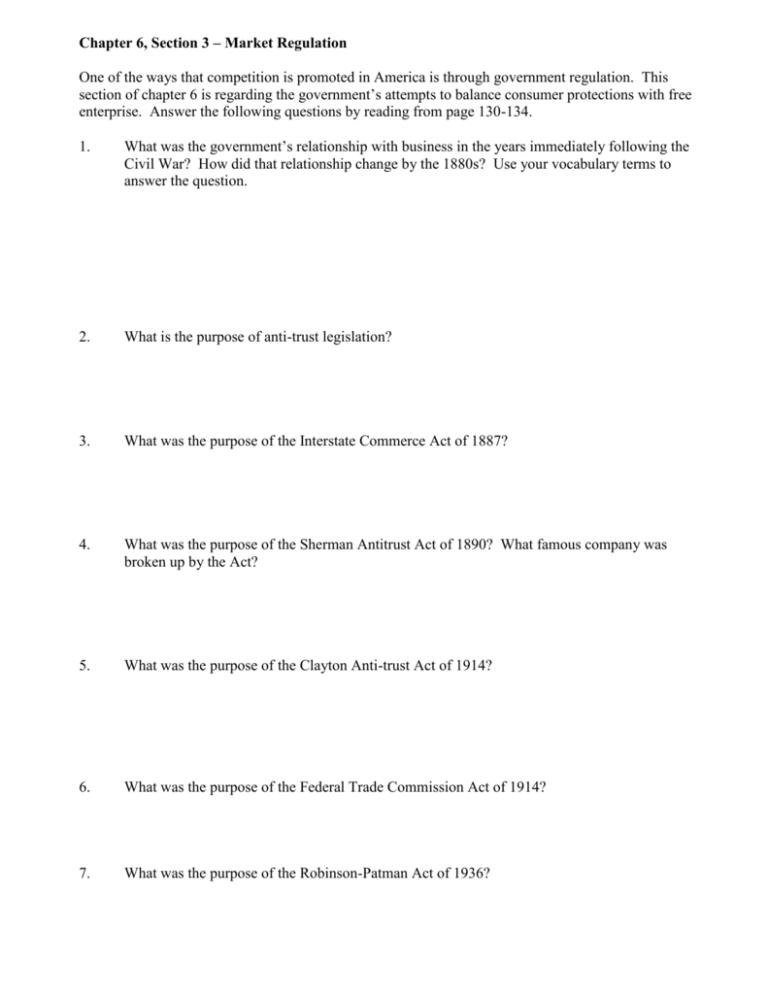
Chapter 6, Section 3 – Market Regulation One of the ways that competition is promoted in America is through government regulation. This section of chapter 6 is regarding the government’s attempts to balance consumer protections with free enterprise. Answer the following questions by reading from page 130-134. 1. What was the government’s relationship with business in the years immediately following the Civil War? How did that relationship change by the 1880s? Use your vocabulary terms to answer the question. 2. What is the purpose of anti-trust legislation? 3. What was the purpose of the Interstate Commerce Act of 1887? 4. What was the purpose of the Sherman Antitrust Act of 1890? What famous company was broken up by the Act? 5. What was the purpose of the Clayton Anti-trust Act of 1914? 6. What was the purpose of the Federal Trade Commission Act of 1914? 7. What was the purpose of the Robinson-Patman Act of 1936? 8. Read the Case Study – Is Microsoft a Monopoly? on page 135. Answer the “what do you think” questions in the space below. _________________________________________________________________________________ Economic Analysis A recent study by economists Robert Crandall and Jerry Ellig found that the deregulation of five major industries – airlines, natural gas, rail roads, telecommunications, and trucking – resulted in a price savings of between $40 and $60 billion a year. According to the study, air fares have dropped about one third since the passage of the U.S. Airline Deregulation Act of 1978. Long distance telephone rates have decreased by half since the break up of American Telephone and Telegraph (AT&T). Utility companies, long considered natural monopolies, are the latest industry to face deregulation. Many states have already passed laws opening utility markets to competition. However, California’s energy crisis in 2000 demonstrated the potential for utilities deregulation to go awry. In this particular crisis, the regulations that kept energy prices stable were removed from the market. Because the demand for electricity is so great in California, the state’s energy companies couldn’t provide enough power and were forced to buy power from out-of-state companies at market prices. In some cases, the demand exceeded the supply to the extent that there were rolling blackouts where large parts of the state had no electric power for hours at a time. Those companies that were able to buy power were forced to buy it at high prices. The price was ultimately paid by consumers in the state. 1. When the energy utilities were deregulated by the state legislature, what were they hoping to accomplish? 2. What do you think might be some consequences of deregulating an industry like energy utilities that are so important to a society?

